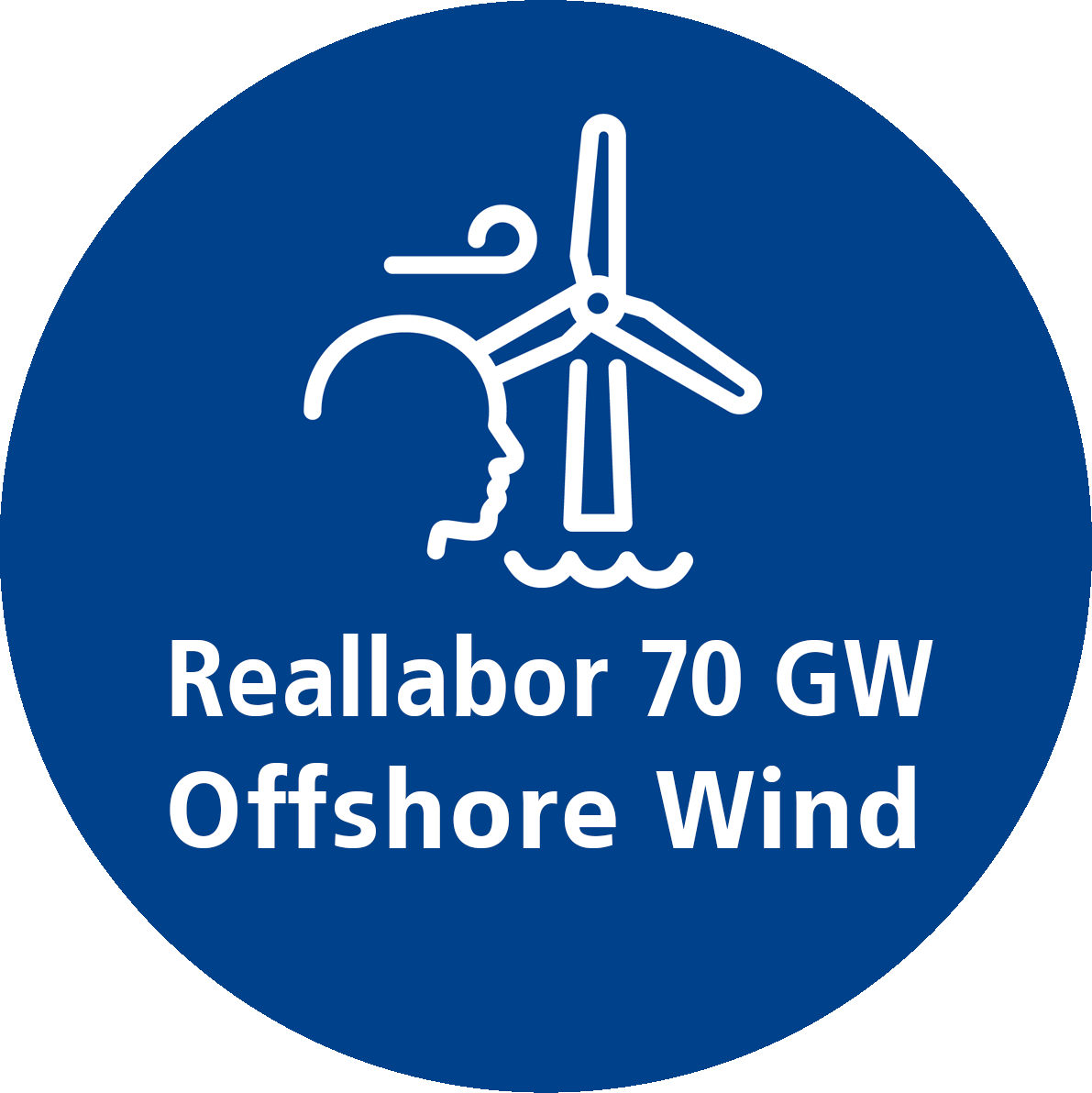Innovation area II
Sustainable maritime spatial planning and use of the German Bight
Various co-utilization scenarios are being developed together with various stakeholders from research, industry, planning authorities, environmental protection associations/authorities and users of the maritime space. The results will be presented and compared in international forums in order to be able to transfer findings on large-scale expansion to the entire North Sea.
Subproject II.1
Modeling for sustainable spatial and land use planning
Researchers
Dr. Sandra Schwegmann
Fraunhofer IWES
Subproject II.2
Consideration of co-utilization potentials
In this sub-project, potentials and obstacles to the co-use of wind energy with other land users (e.g. fishing, military, transport), but also through uses such as wave, tidal or solar energy, are being developed.
Based on interviews with stakeholders from research and industry as well as users of the maritime space, various co-utilization scenarios are also being developed, e.g. for energy conversion and storage.
Researchers
Prof. Dr. habil. Nils Goseberg
Technische Universität Braunschweig
Dr. Christian Windt
Technische Universität Braunschweig
Dr. Martin Dörenkämper
Fraunhofer IWES
Subproject II.3
System integration of 70 GW wind
When large wind structures such as low-pressure areas or fronts move through offshore wind farms, this poses a major challenge for the electrical grid due to the scale of the affected power that needs to be integrated.
For this reason, system integration requirements are being defined for the modeling of yields. On this basis, the modeling and analysis methods for the time-dependent analysis of generation potentials are improved.
Researchers
Dr. Bernhard Stoevesandt Fraunhofer IWES
Subproject II.4
Dynamic models for wind resource assessment
Studies on sustainable spatial and land use planning require accurate information on wind resources from mesoscale simulations.
A more precise modeling of coastal processes and the first analysis of operating strategies of offshore wind farms and co-utilization concepts on the mesoscale are missing. The issues and model requirements are identified together with the stakeholders
Researchers
Prof. Dr. Martin Kühn University of Oldenburg/ForWind
Prof. Dr. Astrid Lampert
Technische Universität Braunschweig
Subproject II.5
Mapping uncertainties in climate modeling
The draft of sustainable maritime spatial planning for the German Bight should also take into account uncertainties arising from the further development of the climate for wind resources in the German Bight.
As part of the project, a method is to be developed with which the corresponding uncertainties can be derived.
Researchers
Prof. Dr. Martin Kühn University of Oldenburg/ForWind
